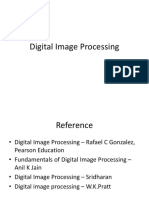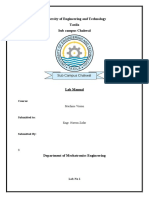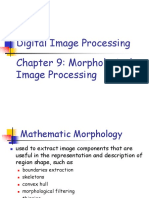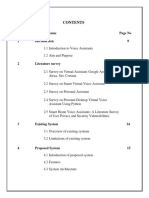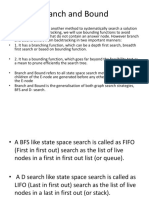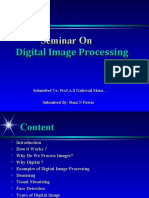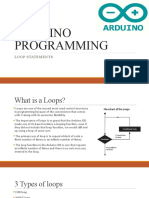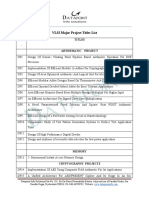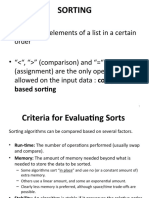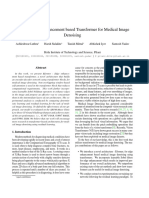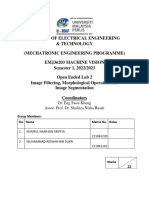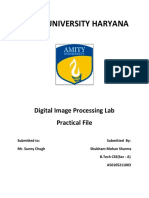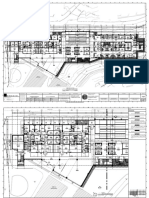0% found this document useful (0 votes)
314 views30 pagesDIP Notes Unit 5
The document discusses morphological image processing and image segmentation. It covers topics like erosion, dilation, opening, closing, hit-or-miss transformation, boundary extraction, hole filling, connected components, thinning, and edge detection. Advanced techniques for edge detection discussed include the Marr-Hildreth and Canny edge detectors. Morphological operations use structuring elements to probe and modify binary images. Image segmentation partitions an image into meaningful regions.
Uploaded by
boddumeghana2220Copyright
© © All Rights Reserved
We take content rights seriously. If you suspect this is your content, claim it here.
Available Formats
Download as PDF, TXT or read online on Scribd
0% found this document useful (0 votes)
314 views30 pagesDIP Notes Unit 5
The document discusses morphological image processing and image segmentation. It covers topics like erosion, dilation, opening, closing, hit-or-miss transformation, boundary extraction, hole filling, connected components, thinning, and edge detection. Advanced techniques for edge detection discussed include the Marr-Hildreth and Canny edge detectors. Morphological operations use structuring elements to probe and modify binary images. Image segmentation partitions an image into meaningful regions.
Uploaded by
boddumeghana2220Copyright
© © All Rights Reserved
We take content rights seriously. If you suspect this is your content, claim it here.
Available Formats
Download as PDF, TXT or read online on Scribd
/ 30





